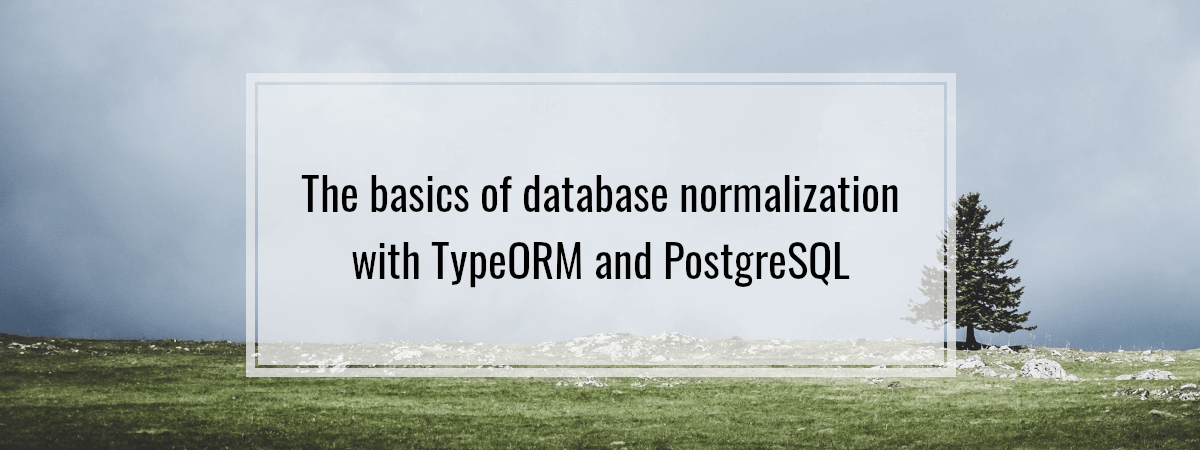API with NestJS #65. Implementing soft deletes using MikroORM and filters
In this article, we look into the filters feature and implement soft deletes. With them, we can mark an entity as deleted without removing it from the database permanently. You can get the code from this article in this repository. Introducing MikroORM filters We can provide various filters when querying data using functions such as […]









